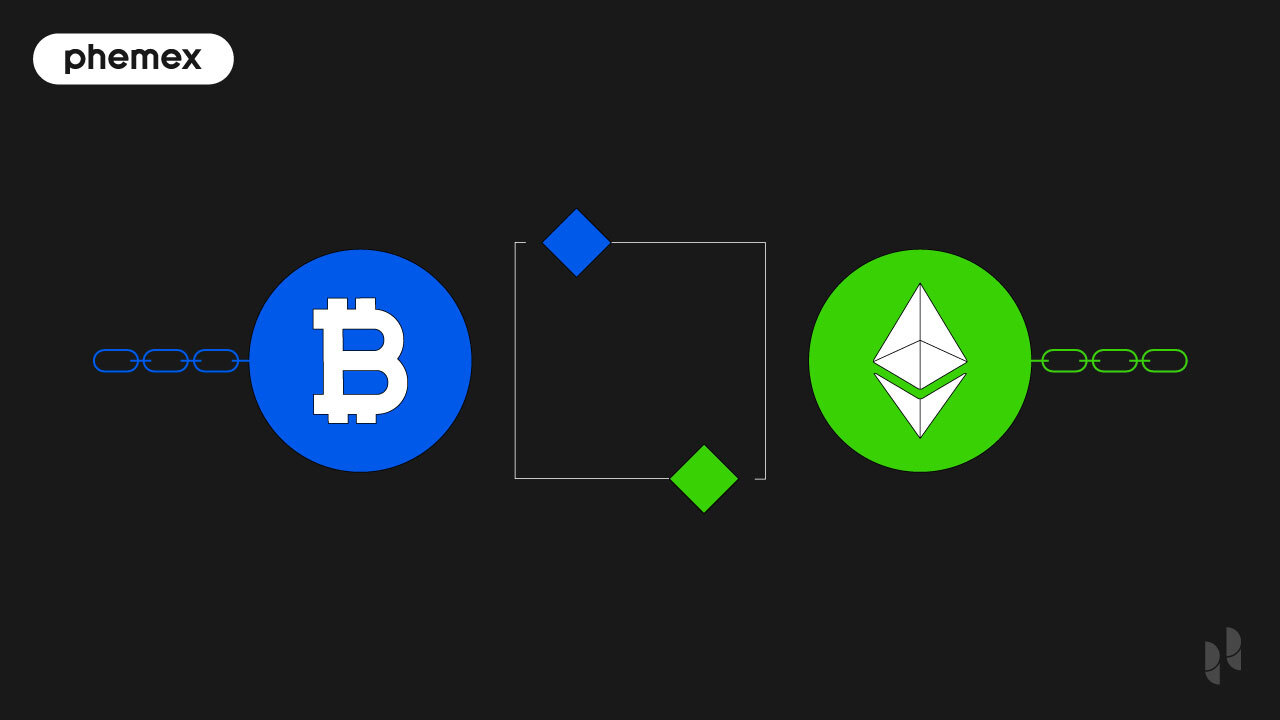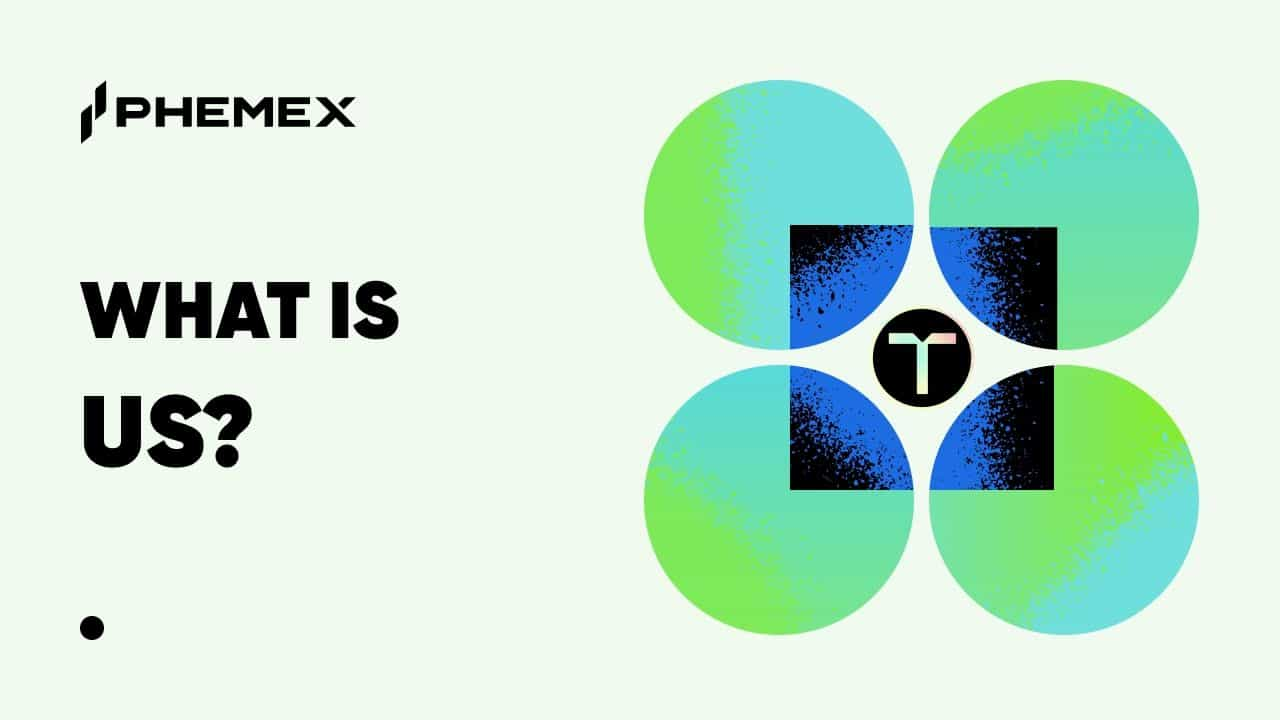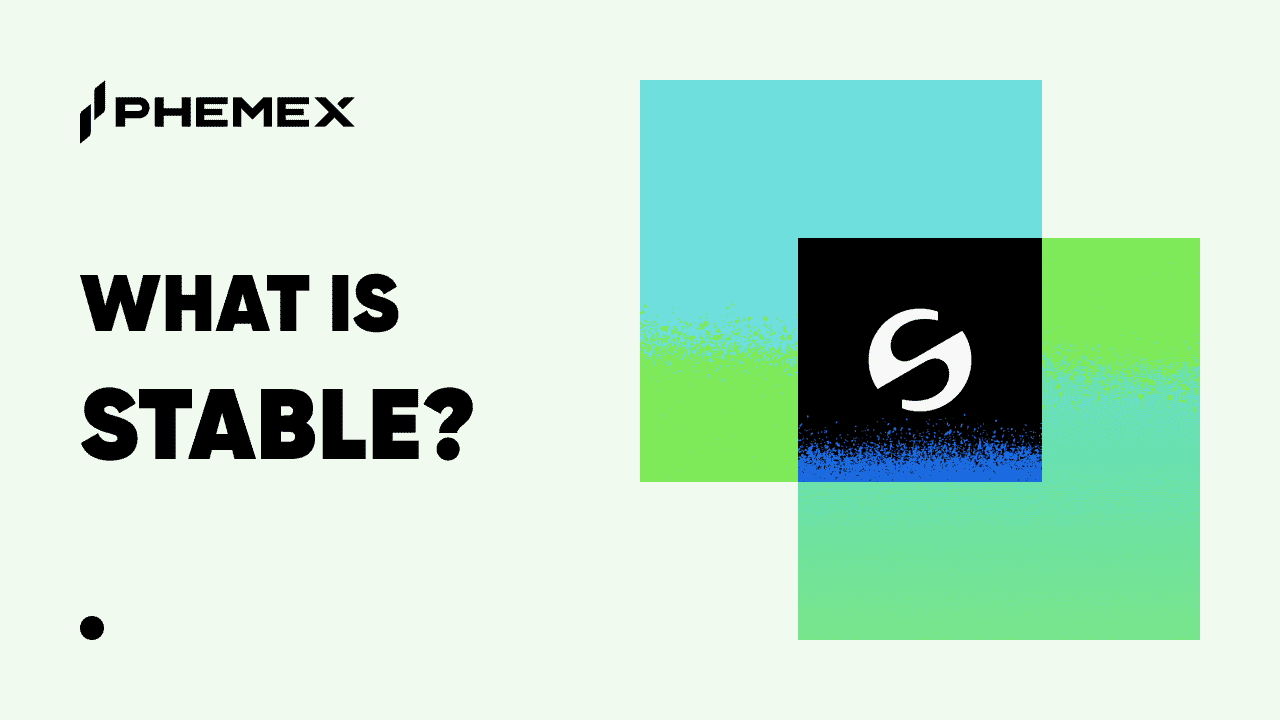Summary
- Cross-chain bridges enable the transfer of digital assets such as cryptocurrencies or NFTs from one blockchain to another.
- Cross-chain bridges offer cheaper user fees, better user experience, higher ROI for users’ digital assets, and improve the overall liquidity in the crypto industry.
- Some of the leading cross-chain bridges include those by Polygon, Polkadot, Avalanche and Cosmos.
The earliest blockchains i.e. Bitcoin and Ethereum, while revolutionary, have proven to be lacking when it comes to speed and scalability. These blockchains were just not made for widespread adoption. As competitors start flooding in to address these gaps, hundreds of Layer 1 and Layer 2 blockchains have sprouted up to build better, faster chains.
However, a new problem soon emerged–these chains cannot “talk” to each other, causing assets to get stuck on siloed blockchains. Here is where cross-chain bridges come in.

What is a Cross-chain Bridge?
A cross-chain bridge a.k.a. blockchain bridge is a protocol (a set of rules and guidelines for communicating data) that enables the transfer of digital assets such as cryptocurrencies or NFTs from one blockchain to another. This is necessary because different blockchains have different technical standards; a coin or token that has been developed according to the standards of one blockchain cannot simply be used on another blockchain–just like an app made for the iOS platform cannot be used on Android devices.
The bridging technology brings interoperability to the blockchain ecosystem so that communication can be seamless. At the current development stage, interoperability is not standardized, so different networks adopt different protocols. As a result, the blockchain world is too spread out to enable cross-chain transactions for every project or blockchain.
An Example of Cross-Chain Bridging in Crypto
The most immediate example of this is Bitcoin, which cannot be used on Ethereum.
Now this is a big problem, because most of the fun stuff people want to do with crypto–like playing blockchain games to win crypto that can be turned into fiat, or earning passive income through yield farming, are done via apps that have mostly been built with Ethereum standards (e.g. ERC20).
Let’s say you are a Bitcoin hodler and you do not have endless fiat to buy a new stash of ETH in order to use those fun DApps, yet you do not want to sell your BTC and use the money to buy ETH. What then do you do? Well, you can use cross-chain bridges to make your BTC compatible with Ethereum. In other words, you can have your cake and eat it too.

Cross chain tech and bridges illustration (Source: bitcoin.com)
How these crypto bridges function can be most simply explained with the analogy of exchanging your local currencies to a foreign currency at a money exchange when you travel–the money exchange works as the “bridge,” turning your money into another form of asset that can be used in a completely different environment.
Read on for an explanation of how cross-chain bridges actually work.
How Does a Cross-chain Bridge work?
Cross-chain bridges work by using smart contracts to “wrap” tokens so that they can be used on another chain. To continue the example from above, BTC can be made compatible with Ethereum by using smart contracts that automatically create an ERC20 token called a wrapped Bitcoin (wBTC) for every BTC sent to the smart contract.
The BTC is kept safe by a custodian until you want your BTC back, in which case the process is reversed–just like how you would trade in any excess foreign currency once your holiday ends. This time, you send your wBTC back to the smart contract, which then “burns” it and returns your BTC to you.
Read our in-depth explainer about wrapped BTC.
The second way a cross-chain bridge works is through a liquidity pool, where a cross-chain bridge provider holds “pools” or an inventory of various cryptocurrencies so that you can exchange one coin for another. The more technical term for this is an atomic swap, which allows for the exchange of cryptocurrencies across different blockchains in a way that is non-custodial and decentralized.
4 Benefits of Cross-chain Bridges in Crypto
The single biggest reason for cross-chain technology is the lack of interoperability between different blockchains; because they cannot “talk” to one another easily. True to its name, cross-chain bridges provide the much-needed connectivity so that assets can flow around easily.
The key benefits of a more interoperable ecosystem:
- Cheaper transaction fees: Cross-chain bridges enable DApps to be deployed on different chains. If a network is experiencing high load and gas fees, users can just switch to another chain.
- More seamless user experience: Cross-chain bridges not only enable users to exchange one cryptocurrency for another without first changing it to fiat currency, but also paves the way for the transfer of NFTs and smart contracts (this is what makes DApps useable on various chains.)
- Higher ROI for users: As briefly mentioned above, cross-chain bridges enable you to “wrap” your crypto in order to put it to work and earn passive income on DeFi apps, instead of letting it sit there gathering dust. It even enables you to use an NFT minted on Polygon as collateral for a loan on, say, Ethereum, or trade an ERC20 token on a Solana DEX if the prices there are better.
- Improving overall crypto liquidity: Cross-chain bridges enable users to move funds between blockchains, allowing value to flow between various platforms.

Types of Cross-chain Bridges
Cross-chain bridges can be centralized or decentralized.
- A centralized approach involves a trusted third party like a custodian to safeguard the original asset (such as the BTC) while the user is using the “bridged asset” on another chain.
- Decentralized bridges are trustless i.e. they can function independently without a trusted third party. This is because they use smart contracts that lock up assets before the “bridged” tokens are minted on the destination blockchain. Users can subsequently have the bridged tokens burned to unlock the original assets.
As a side note, there is a distinction between “multi-chain” and “cross-chain.” Multi-chain means that a token or coin can be utilized on multiple chains like Ethereum and Polkadot (DOT). In contrast, cross-chain enables asset transfer from a source chain to a destination chain.
4 Popular Cross-chain Bridges in 2022
- Polkadot (DOT) cross-chain bridge: Blockchain or DApp developers can create customized chains known as parachains on Polkadot. The relay chain in the network provides security and enables the transfer of assets among the other parachains on the Polkadot network.
- Cosmos (ATOM) cross-chain bridge: Cosmos’ Gravity Bridge enables all Cosmos-based tokens to be represented on popular Ethereum wallets and AMMs (automated market makers), opening up a world of DeFi capabilities to the Cosmos ecosystem. At the same time, the cross chain platform enables the transfer of ERC20 tokens to the Cosmos blockchain.
- Polygon (MATIC) cross-chain bridge: Connects Polygon sidechain with Ethereum mainnet, and supports the transfer of not just crypto tokens but NFTs. Offers low gas fees and enhanced security, as its decentralized bridging mechanism prevents easy attacks by hackers.
- Avalanche (AVAX) cross-chain bridge: Users can transfer tokens between AVAX and Ethereum. AVAX is considered one of the fastest smart contract platforms around and one of the earliest innovators in cross-chain technology.
How to do a cross-chain transfer/swap?
Currently, cross-chain bridges are mostly used for asset transfers (e.g. cryptocurrencies and NFTs) and token swaps. Although the process will look a little different for each bridge and type of bridge, here is an example of how Bitcoin (BTC) is swapped for wBTC:
- User sends X units of BTC to a trusted custodian.
- The custodian initiates what is called a minting process to create the equivalent wBTC.
- The user receives the wBTC and uses it on various Ethereum-based DApps to access DeFi earning and yield opportunities while still having ownership of BTC on their portfolio.
- In the meantime, the user’s BTC is locked up in a smart contract by the custodian.
- After he is done using the DApps and wants his BTC back, he sends his wBTC back to the custodian,
- The custodian “burns” the wBTC and returns the equivalent BTC to him.
Cross-chain NFT Bridges
As the NFT mania of 2021 caused the Ethereum blockchain to jam and chalk up sky-high gas fees for traders, other blockchains have sought to address the market gap for more efficient NFT ecosystems in the form of cross-chain NFT bridges.
One of these is the Horizon bridge by Harmony, a Layer 1 blockchain; it enables users to bridge ERC721/ERC1155 tokens (the Ethereum standard for NFTs) from Ethereum to Harmony and vice versa. From a user’s point of view, the benefits of using such an NFT bridge include:
- Cheaper minting fees due to lesser load
- Higher liquidity; emerging artists can start out minting their first NFTs on Harmony with a lower capital, and subsequently bridge to larger marketplaces like the Ethereum-based OpenSea to reach a wider audience.
Other popular NFT bridges include Wormhole, Multichain (previously Anyswap), and Polygon Bridge.

Risks of Cross-chain Bridges
As shown above, most bridges work by having a central custodian lock up assets before these are being “bridged” to the receiving blockchain. This centralized element creates an easy single point of failure for attacks.
Blockchain analytics firm Chainalysis reports that bridge hacks account for about 69% of stolen crypto funds amounting to $2 billion in losses–in 2022 alone. This includes the $320 million hack of the Wormhole bridge which connects Solana and Ethereum earlier this year. Even the afore-mentioned Harmony was hacked for $100 million.
In a piece of more promising news, Rainbow Bridge, which connects Near Protocol with Ethereum, not only successfully blocked an attempted hack but cost the would-be hacker 5 Ethereum. This was achieved using smart contract functionalities. “Automated watch dogs were challenging the malicious transaction, which resulted in an attacker losing his safe deposit,” said CEO of Aurora Labs, Alex Schevchenko.
Conclusion
Like pretty much everything in blockchain, cross-chain bridges are very much still in development. While they help to create a more robust, liquid and scalable blockchain ecosystem, many technical and security challenges abound.
In the future, cross-chain technology should increase token use cases and expedite blockchain adoption. Besides token swaps, the technology will be expected to facilitate information, payment, and resource sharing. In addition, the user experience should be made more frictionless, for example users need only depend on a single wallet system. In a business setting, customers should be able to deal with companies effectively in real-time on various blockchains without incurring high costs.
Read More
- What are Bridge Attacks & How to Avoid them?
- What are Crypto Cross Trades: Marginal or Mainstream?
- What is Synapse Protocol: Secure, Cross-Chain Bridge
- What is Poly Network: Cross-Chain Interoperability Using Smart Contracts
- What is Blockchain Technology: The Biggest Misconception About It
- What is Cryptocurrency & How It Differs From Digital Cash
- What in the World is Layer Zero: The Connector of Blockchains
- What Are Decentralized Applications (dapps)?









